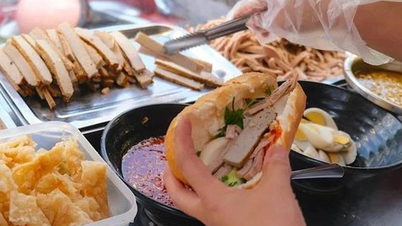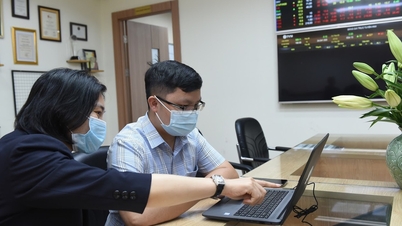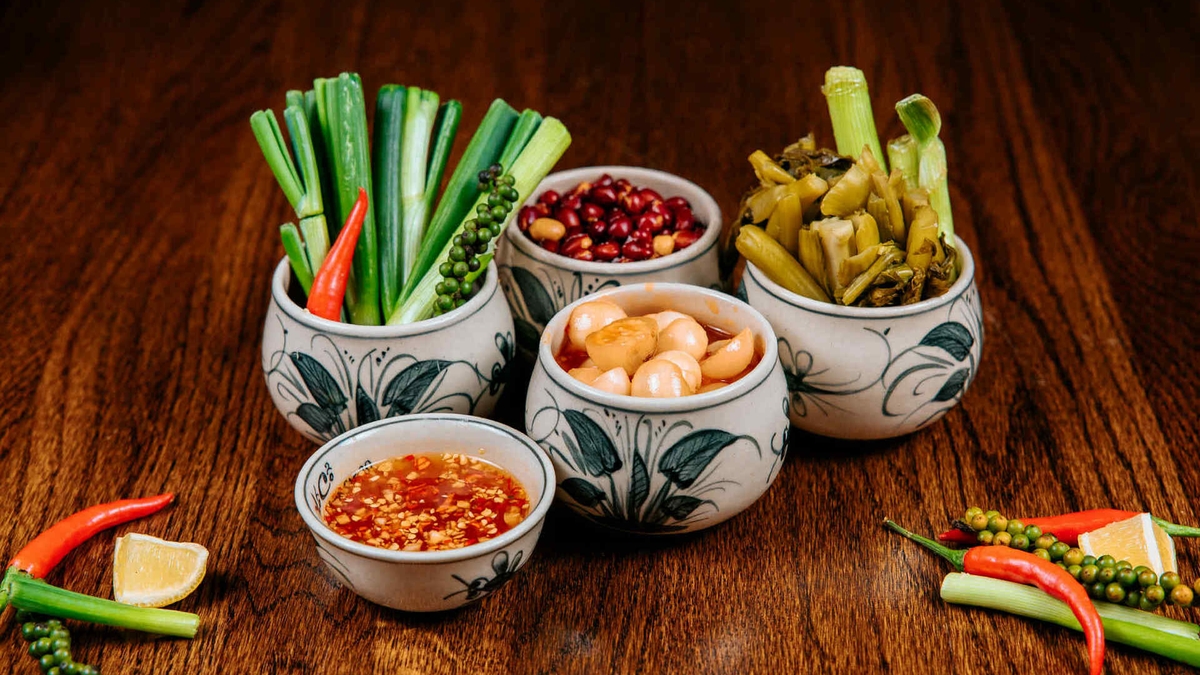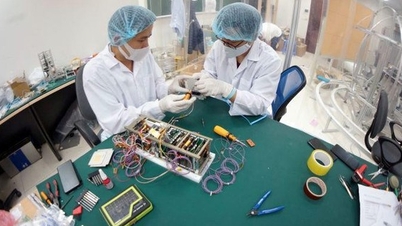Dr. La Van Phu - Head of General Surgery Department, Can Tho City General Hospital - a digestive surgery expert said that there are three main reasons why pate in bread is a "favorite" food for Salmonella bacteria - the cause of food poisoning.
Firstly, the ingredients are easily contaminated with bacteria. According to Dr. La Van Phu, pate is often made from liver and minced meat, which are high in protein and easily spoiled, creating a favorable environment for bacteria to grow if not cooked thoroughly. Liver, especially pork and chicken liver, can carry Salmonella from infected animals.

Pate is often used to spread bread.
Photo: Cao An Bien
Second, the pate processing is complicated and involves many steps. From grinding, mixing, seasoning, cooking, cooling to canning, each step poses a risk of bacterial contamination if the tools, hands, or environment are not sterile. Bacteria can easily re-enter after cooking if it is not covered tightly while still hot.
Third, users do not store pate at the right temperature. This is the most common mistake. After processing, pate needs to be stored at a temperature below 5 degrees Celsius, but in reality, in many stores, pate is often kept at room temperature for easy spreading on cakes.
Temperatures of 25 - 35 o C are ideal conditions for Salmonella to grow. After a few hours, bacteria can increase in number by millions of times without changing the taste.
Fourth is cross-contamination during sales. At sandwich counters, pate spreading knives, meat and vegetable tongs, and the seller's hands can all be sources of cross-contamination if not properly cleaned. Bacteria can easily spread from the pate filling to other ingredients such as cold cuts, fried eggs, raw vegetables, or the surface of the bread.

Dr. La Van Phu
Photo: NVCC
According to statistics from the Ministry of Health , in Vietnam, more than 60% of mass food poisoning cases are related to processed foods or street foods. Of these, bread and pate-filled dishes account for a significant proportion.
The bread poisoning incident in Ho Chi Minh City in early November 2025 that hospitalized more than 300 people is a typical example when samples from many patients tested positive for Salmonella bacteria.
"This shows that just a small mistake in food processing or preservation can lead to widespread consequences," said Dr. La Van Phu.
Source: https://thanhnien.vn/vi-sao-pate-trong-banh-mi-de-nhiem-salmonella-ly-do-ba-noi-tro-can-luu-y-185251111141403819.htm



![[Photo] General Secretary To Lam visits Long Thanh International Airport Project](https://vphoto.vietnam.vn/thumb/1200x675/vietnam/resource/IMAGE/2025/11/13/1763008564398_vna-potal-tong-bi-thu-to-lam-tham-du-an-cang-hang-khong-quoc-te-long-thanh-8404600-1261-jpg.webp)
![[Photo] The "scars" of Da Nang's mountains and forests after storms and floods](https://vphoto.vietnam.vn/thumb/1200x675/vietnam/resource/IMAGE/2025/11/13/1762996564834_sl8-jpg.webp)




























































































![Dong Nai OCOP transition: [Article 3] Linking tourism with OCOP product consumption](https://vphoto.vietnam.vn/thumb/402x226/vietnam/resource/IMAGE/2025/11/10/1762739199309_1324-2740-7_n-162543_981.jpeg)







Comment (0)